Introduction
The Anthropocene is the new geological epoch that has yet to be officially recognised but is now in practice. Its most obvious manifestation, climate change, is the subject of increased scientific understanding, yet neither governments nor individuals are doing much to address it effectively. It is possible that cultural responses to the issue could increase interest in and comprehension of the problem. Clark makes the case that scale effects are becoming increasingly relevant in modern international politics and have substantial ramifications for literary studies. This post will discuss the issue of scale and how it relates to the Quranic Botanical Gardens (QBG).
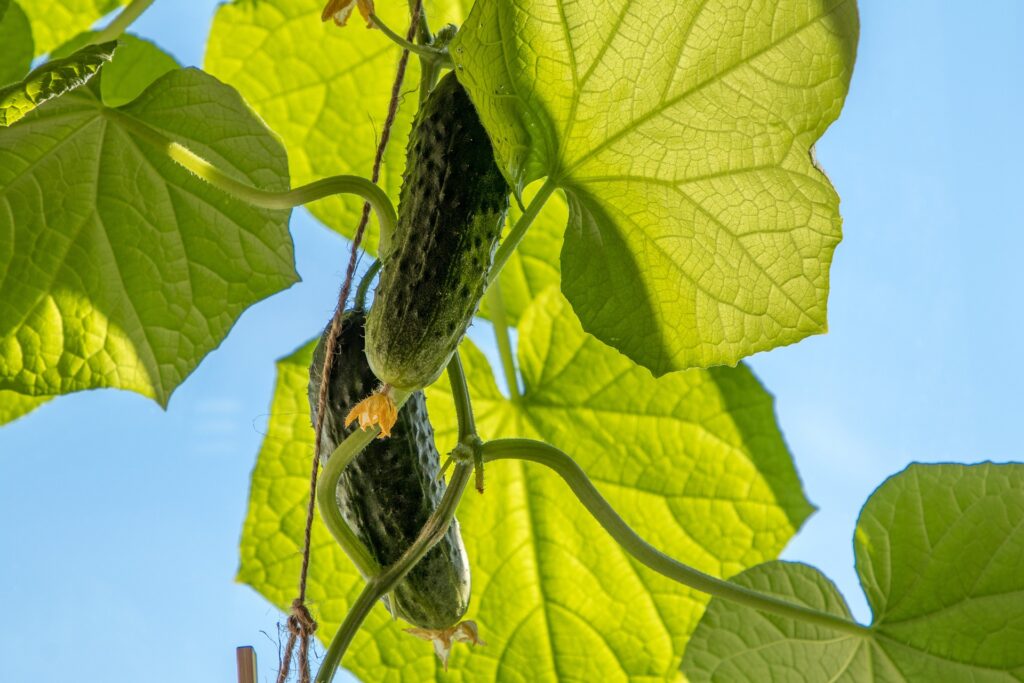
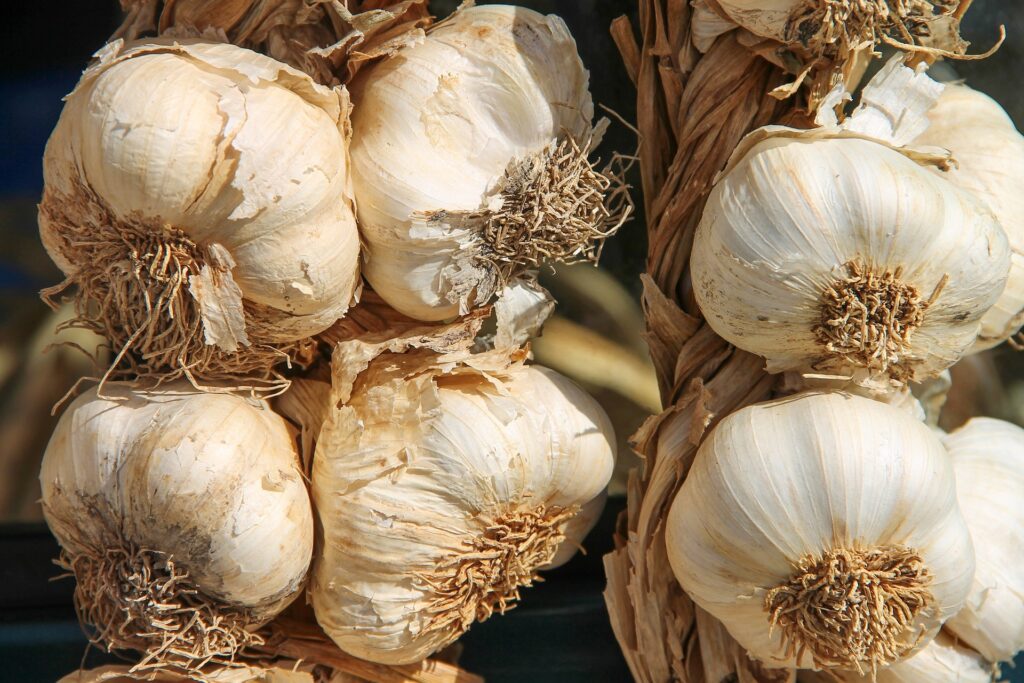
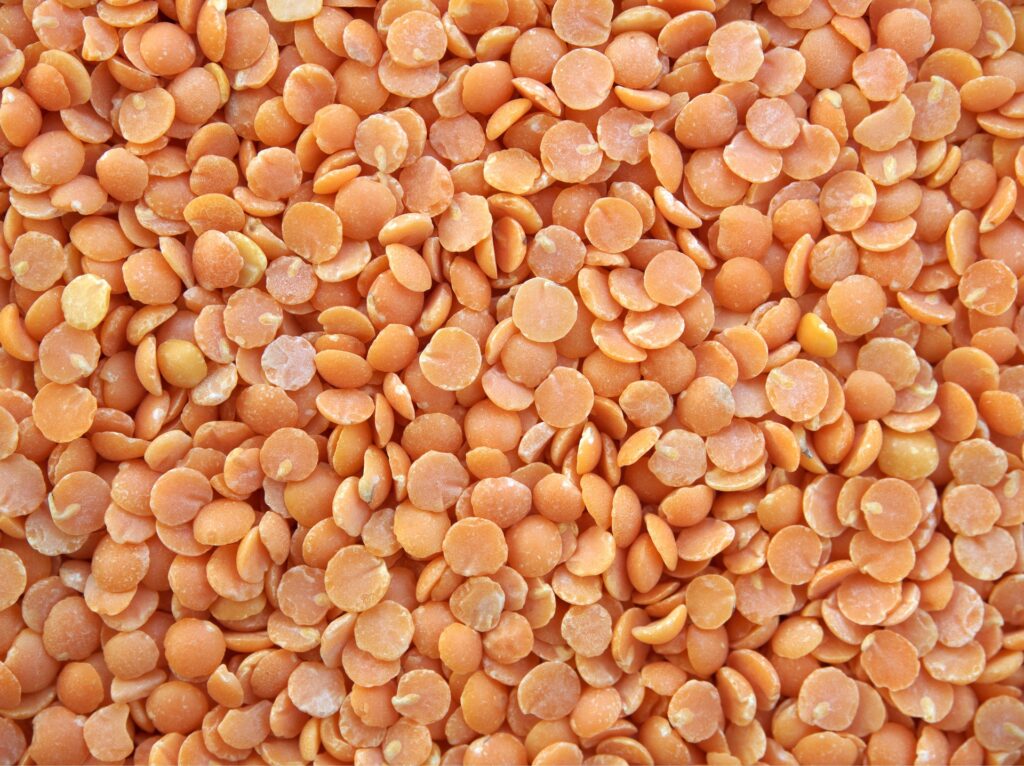
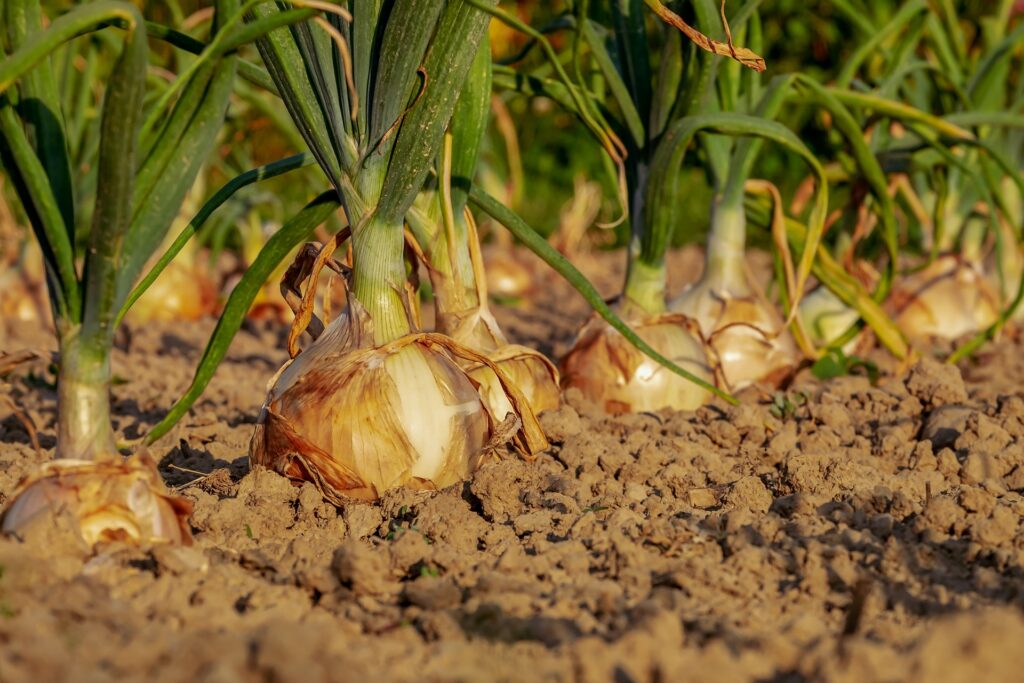
——————————
Significance:
The plants above are all mentioned in the Holy Quran, notably in the sixty-first verse of Surah Al-Baqarah:
“And recall when you said, “O Moses, we cannot endure one kind of food, so call to your Lord to produce for us of what the earth grows: of its herbs, and its cucumbers, and its garlic, and its lentils, and its onions.”
[Al-Baqarah: 61]
——————————
Note: Image is courtesy of Pixabay. Information couretsy of the QBG.
These can be found along the trails of the Sound Garden.
The Issue of Scale, the Anthropocene, and Climate Change
The difficulty of depicting climate change, one of the Anthropocene’s distinguishing symptoms, is added to the problem of visualising it. Given how widely scattered it is in time and space, it is difficult to understand global warming. As a result, we can never witness all climate change at once; we can only ever see parts of it (Morton 9). The current political structure undermines efforts to manage global climate change because it operates on the incorrect scale by encouraging “the unmolested use of individual property and exploitation of natural resources” (Clark 6). Because of how enormous the scales of climate change are, we can only see and experience the local and temporary manifestations of this vast phenomenon, such as a scorching summer or extended periods of rain. One must look beyond everyday life to understand climate change. In light of this, the QBG launched the Ghars Campaign to increase environmental consciousness and the significance of green conservation projects within Qatar and develop an informed, responsible, and globally aware community.
As in modern political governance, the text is viewed as “an arena for the contestation of individual or collective interests, rights or identity claims” (Clark 8). To avoid this approach to literary criticism, we must be creative to appropriately convey climate change in a way readers find engaging due to its enormous spatial and temporal scales. The question is, do art, literature, and science fields reach a point of no return in the Anthropocene, where human consciousness and creativity cannot go any further? It is still evident that representational and narrative difficulties confront writers, artists, and scientists who try to capture the slow horror of climate change in engaging stories (Nixon 1). Therefore, to adapt to the appropriate scale, we must plot and give figurative structure to formless threats whose lethal ramifications are distributed over space-time (Morton 10). To this end, the QBG was created to showcase the many plants’ harmony and reflect Islamic art and architecture. Modules of plant components and conventional tools manufactured from plants in the past and may still be used today are also on show in its museum. The symbolic constraints are also severe, necessitating innovative methods of alerting the public to destructive acts that are low in immediate spectacle but high in long-term impacts (Nixon 1). The QBG is home to an information centre that details the plants mentioned in the Holy Quran and Hadith, Islam’s relationship to the environment, morality, and cultural legacy. The Botanical Museum, a part of the Information Center, offers insightful information, Islamic inscriptions, paintings, and pictures so that visitors can obtain a sense of natural Arab and Islamic history while realising the urgency of responding to the effects of climate change.

——————————
Significance:
Ginger is mentioned in seventy-sixth chapter of the Quran, notably in verse seventeen:
“So God will protect them from the ills of that Day, and will grant them radiance and joy. (11) And will reward them for their patience with a Garden and silk. (12) Reclining therein on the thrones; experiencing therein neither sun, nor frost. (13) Its shade hovering over them, and its fruit brought low within reach. (14) Passing around them are vessels of silver, and cups of crystal. (15) Crystal of silver—they measured them exactly. (16) They will be served therein with a cup whose flavor is Zanjabeel [Ginger]. (17)”
[Al-Insan: 12-17]
——————————
Note: Image is courtesy of Pixabay. Information couretsy of the QBG.
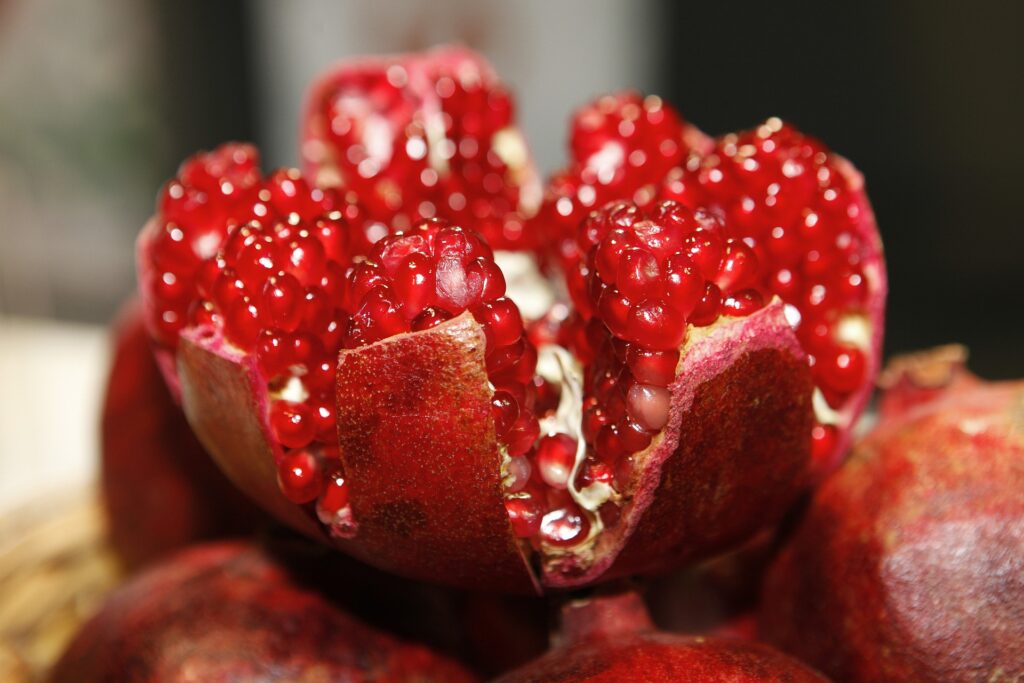
——————————
Significance:
Pomegranate is mentioned three times in the Holy Quran, notably:
“It is He who produces gardens, both cultivated and wild, and date-palms, and crops of diverse tastes, and olives and pomegranates, similar and dissimilar. Eat of its fruit when it yields, and give its due on the day of its harvest, and do not waste. He does not love the wasteful.”
[Al-An’am: 141]
——————————
Note: Image is courtesy of Pixabay. Information couretsy of the QBG.
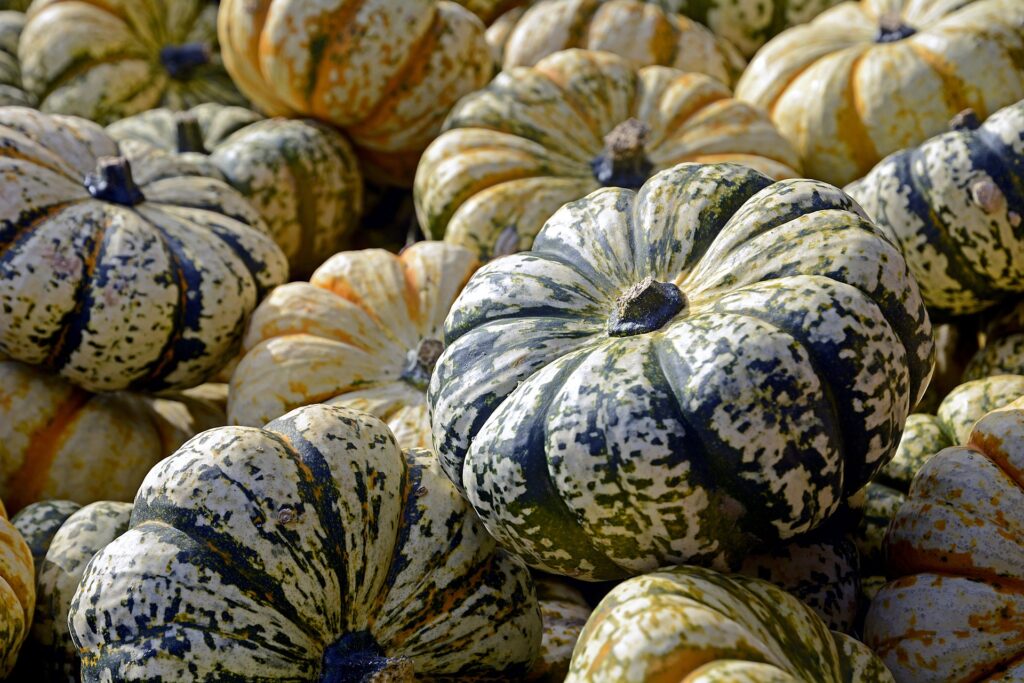
——————————
Significance:
It was reported by Anas b. Malik:
“A tailor invited Allah’s Messenger (PBUH) to a meal which he had prepared. Anas b. Malik said: I went along with Allah’s Messenger (PBUH) to that feast. He presented to Allah’s Messenger (PBUH) barley bread and soup containing pumpkin, and sliced pieces of meat. Anas said: I saw Allah’s Messenger (PBUH) going after the pumpkin round the dish, so I have always liked the pumpkin since that day.”
[Sahih Muslim 2041a]
——————————
Note: IImage is courtesy of Pixabay. Information couretsy of the QBG. Translation of Hadith provided by Sunnah.com
Works Cited
- Clark Timothy. “Scale: Derangements of scale.” Telemorphosis: Theory in the Era of Climate Change, Vol. 1, 2012, pp. 1-22.
- Morton, Timothy. “Hyperobjects: Philosophy and ecology after the end of the world.” Minnesota Press, 2013.
- Nixon, Rob. “Slow violence and environmental storytelling.” Nieman Storyboard, 2011.
- “Our Plants.” QBG, qbg.org.qa/plants.